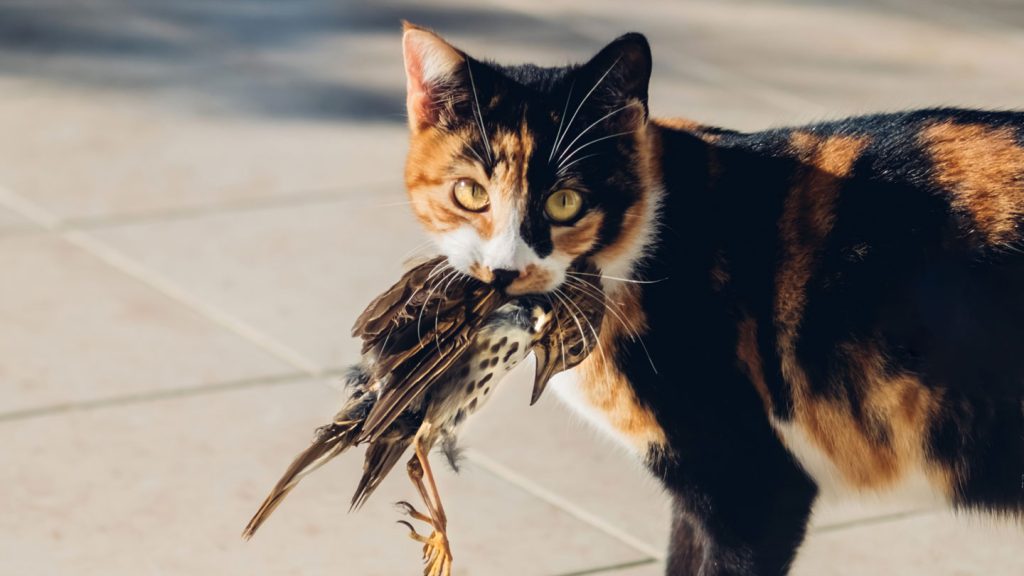The ongoing outbreak of highly pathogenic H5N1 avian influenza is causing concern as it sickens and kills wild birds, poultry, farm animals, and recently, even domestic cats. This raises worries about the potential risk the virus poses to humans and their furry companions. The virus has also been found in alpacas in Idaho, pointing to its ability to jump into various mammalian species.
When bird flu viruses infect mammals, they can develop mutations that make them more adept at replicating in mammalian cells, potentially increasing the risk of human transmission. While there is currently no evidence of H5N1 spreading easily from person to person, most human cases have involved close contact with poultry or cattle. However, having the virus in domestic cats could provide a new pathway for human infections as people are much more likely to interact closely with their pets.
Outdoor cats can catch bird flu by hunting wild birds, and contaminated raw meat diets have also been associated with some cases. Additionally, H5N1 has been found in dairy cattle, raising concerns about the safety of raw beef products. The virus can also spread through contaminated surfaces, equipment, or water. Pet owners must be cautious about the source of their pets’ food and take preventive measures to minimize the risk of infection, particularly if their cats go outdoors.
The high death rates observed in cats infected with H5N1 further highlight the severity of the virus in feline populations. Symptomatic cats may exhibit various signs, such as stiff body movements, runny noses, blindness, and ultimately, death. Research has shown that once the virus reaches the cats’ brains, it is often fatal. While the exact transmitted risks from infected cats to humans are relatively low, rare cases have been reported, especially among workers in close contact with infected animals.
Aside from cats, other pets such as dogs are also susceptible to bird flu, with reported cases of hunting dogs developing antibodies against H5N1. Pet owners are advised to keep their cats indoors, away from birds, bird feeders, and other potential sources of infection. Regularly cleaning shoes, disinfecting surfaces, and avoiding raw meat products can lower the risk of exposure to the virus. Additionally, it is essential to monitor pets for any symptoms, particularly after possible contact with dead birds, and seek veterinary care if needed.
In conclusion, while the transmission of bird flu from pets to humans remains uncommon, pet owners should take precautions to protect their furry companions and themselves. By ensuring good hygiene practices, providing a safe environment, and being aware of the risks associated with the virus, individuals can help reduce the spread of bird flu among domestic animals and potentially lower the risk of zoonotic infections.


